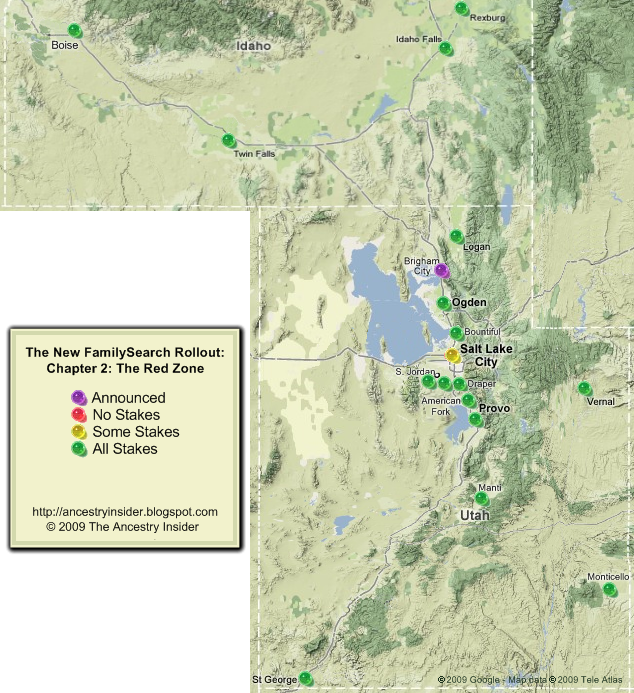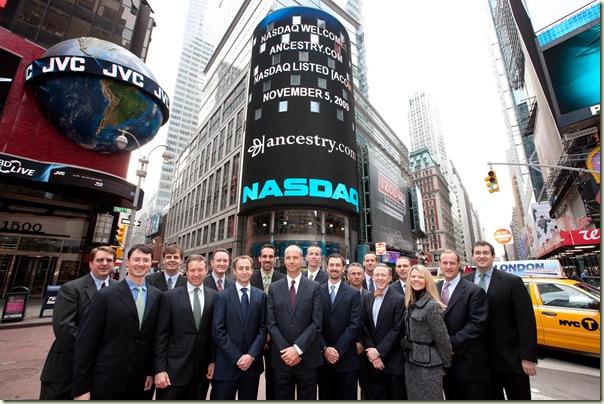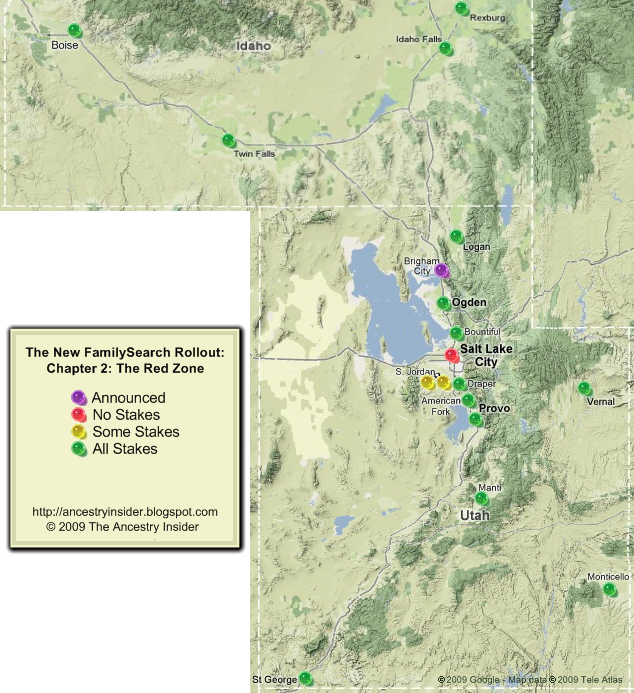This is another article discussing my proposed Genealogical Maturity Model (GMM).
A year ago I learned some things from Elizabeth Shown Mills. I’m not certain they were the things she was trying to teach me. Nevertheless, I think they are quite valuable. Having grown up with PAF and its special definitions for source and citation, I was having problems understanding Evidence Explained. It took Elizabeth about six weeks to talk me out of the box I was in. The lessons I took away from that discussion were:
- Ignoring the aggregated wisdom of past scholarship is unwise, and
- Assigning specialized definitions to words is unwise.
Accordingly, I’ve tried to avoid special definitions in the GMM wherever possible. Here are definitions for the main terms:
source – 1. the origin that supplies information.1 2. “an artifact, book, document, film, person, recording, website, etc., from which information is obtained.”2
citation – 1. “citations are statements in which we identify our source or sources for…particular [information].”3 2. “a citation states where you found [the cited] piece of information.”4
information - 1. “knowledge obtained from investigation.”5 2. “the content of a source—that is, its factual statements or its raw data.”6
evidence – 1. “something that furnishes proof.”7 2. “information that is relevant to the problem.”8 3. analyzed and correlated information assessed to be of sufficient quality.9 4. “the information that we conclude—after careful evaluation—supports or contradicts the statement we would like to make, or are about to make, about an ancestor.”10
conclusion – 1. “a reasoned judgment.”11 2. “a decision [that should be] based on well-reasoned and thoroughly documented evidence gleaned from sound research.”12
Note that the meanings are based on ordinary dictionary definitions and genealogical industry experts.
Conclusion tree will have to wait until next time. And since the above terms are largely defined in terms of one another, I’d like to spend some time talking about their interrelationships.
1. Merriam-Webster Online Dictionary, online edition (www.m-w.com : accessed 23 November 2009), “source.”
2. Elizabeth Shown Mills, CG, CGL, FNGS, FASG, FUGA, Evidence Explained: Citing History Sources from Artifacts to Cyberspace, 2nd ed. [hereinafter, EE2] (Baltimore, Maryland: Genealogical Publishing Company, 2009), 828.
3. Mills, EE2, 42.
4. Patricia Law Hatcher, CG, FASG, quoted in The Source, ed. Loretto Dennis Szucs, FUGA, and Sandra Hargreaves Luebking, FUGA, 3rd ed. (Provo, Utah: Ancestry, 2006) p. 24; citing “How Do You Know?” in Producing a Quality Family History (Salt Lake City: Ancestry, 1996), 117.
5. Merriam-Webster, “information.”
6. Mills, EE2, 24.
7. Merriam-Webster, “evidence.”
8. Mills, EE2, 822.
9. Christine Rose,CG, CGL, FASG,, Genealogical Proof Standard: Building a Solid Case (San Jose, California: CR Publications, 2005), 2.
10. The Board for Certification of Genealogists (BCG), The BCG Genealogical Standards Manual, ed. Helen F. M. Leary, CG, CGL, FASG, (Provo, Utah: Ancestry, 2000), 8.
11. Merriam-Webster, “conclusion.”
12. Mills, EE2, 820.

 This Thanksgiving may be the first holiday Jay Verkler (President and CEO of
This Thanksgiving may be the first holiday Jay Verkler (President and CEO of 










